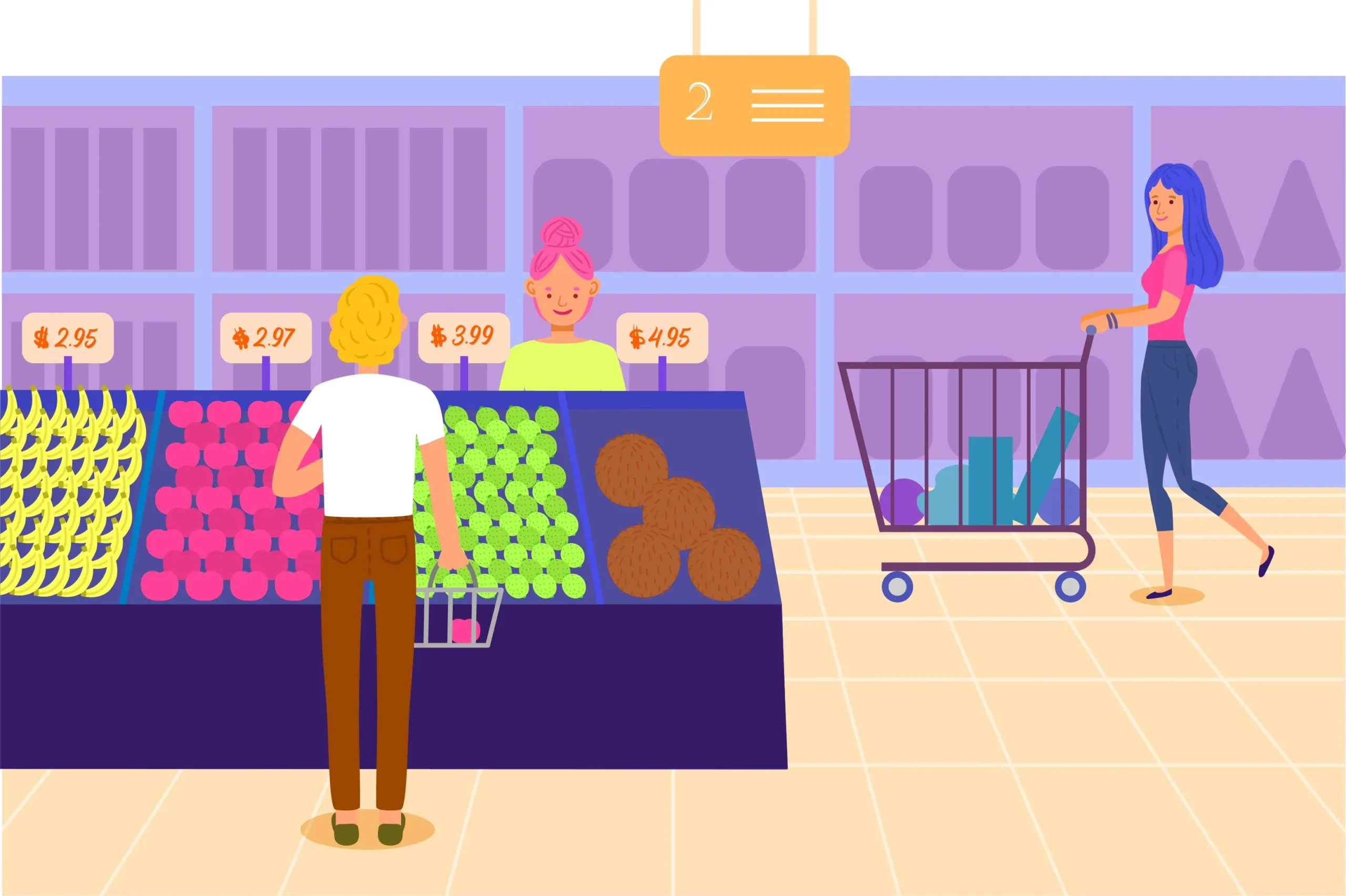What is odd even pricing?
Odd-even pricing, also known as psychological pricing, is a marketing strategy where prices are set just below a whole number, such as $9.99 instead of $10.00. The practice is widespread, and it’s not unusual to see it in retail stores, restaurants, and online marketplaces (Amazon, Ebay, etc.). The main idea behind odd-even pricing is to appeal to the subconscious of consumers, giving them the impression that the price is lower than it actually is. In this article, we’ll explore the effectiveness of odd-even pricing, its psychological underpinnings, and the ethical considerations surrounding it.
Examples of Odd-Even Pricing
Odd-even pricing is ubiquitous in retail, and we encounter it daily in various forms. For instance, a shirt priced at $29.99 instead of $30.00 or a meal at a restaurant priced at $14.95 instead of $15.00. The strategy is based on the assumption that consumers tend to focus more on the first digit of a price than the second. This means that a price that ends in a lower number, such as 9, is perceived to be more attractive and cheaper than a price that ends in a higher number, such as 0.
Psychological Reasons for the Effectiveness of Odd-Even Pricing
Odd-even pricing works because it taps into human psychology. Our brains tend to process information and numbers more efficiently when they are presented in a familiar and expected format. In the case of pricing, we’re used to seeing prices that end in 9 or 99, and so when we encounter a price that ends in a round number, our brain automatically processes it as being higher. Furthermore, odd-even pricing creates the illusion of a bargain. Consumers tend to view a product priced at $9.99 as being closer to $9.00 than $10.00, even though the difference in price point is negligible.
The Ethics of Psychological Pricing
Debates around the ethics of odd-even pricing have been ongoing for years. Critics argue that it’s a manipulative tactic that plays on people’s psychological biases. The use of odd-even pricing can be seen as a deliberate attempt to deceive consumers, making them believe they are getting a better deal than they actually are. On the other hand, proponents argue that odd-even pricing is a standard business practice that simply and fairly makes products stand out to consumers more. Ultimately, the ethics of odd-even pricing come down to how the tactic is used. If companies are transparent about their pricing practices and don’t manipulate consumers, then odd-even pricing can be ethical.
Other pricing strategies
While odd-even pricing is a widely used tactic, it’s not the only pricing strategy available to businesses. Alternative pricing strategies include even pricing, where prices are rounded up to the nearest dollar, and tiered pricing, where prices are based on different levels of product quality or service. Businesses may also opt for dynamic pricing, where prices are adjusted in real-time based on supply and demand. Each pricing strategy has its advantages and disadvantages, and businesses should choose a strategy that aligns with their overall marketing goals and customer base.
Read more: Competitive Pricing Strategies: Types, Definitions, and Examples
Conclusion
Odd-even pricing is a pervasive pricing strategy that has been used for decades in retail and other industries. The tactic works by exploiting human psychology and creating the impression of a bargain. While debates around the ethics of odd-even pricing continue, it remains a common business practice. However, businesses should be transparent about their pricing practices and avoid manipulating consumers. Ultimately, the most effective pricing strategy will depend on the business’s overall marketing goals, customer base, and market conditions.
Want to take control of your price points?
With the power of Price Monitoring, you can find, receive, and analyze pricing data with the click of a few buttons.


